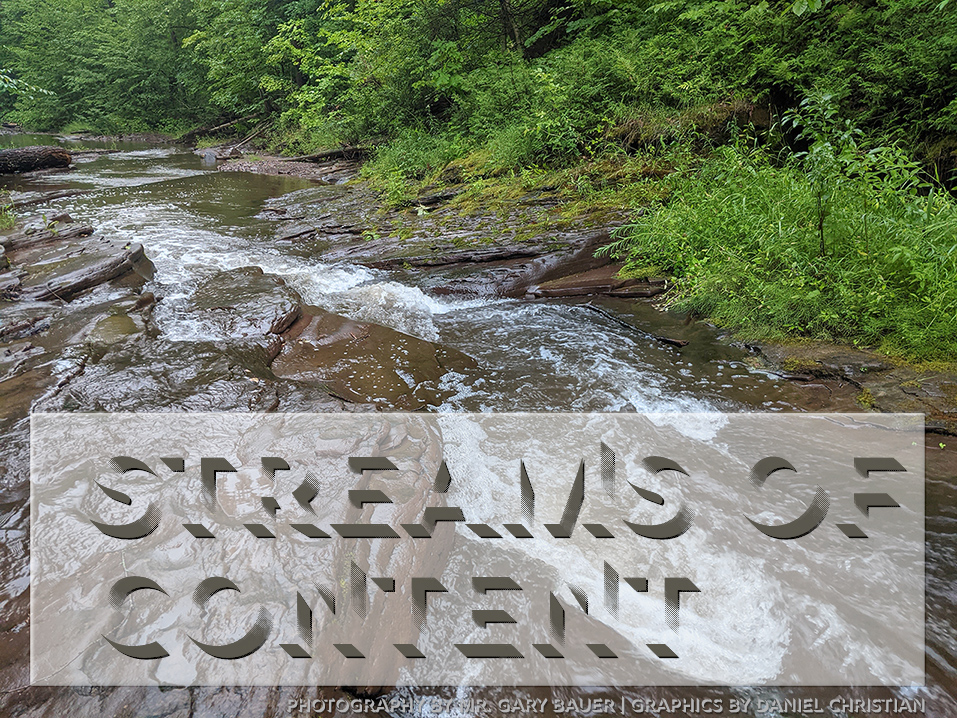3 reading activities with a creative twist — from classtechtips.com by Dr. Monica Burns

Highlights and key insights from TICE 2022 (Training Industry Conference & Expo) — from christytuckerlearning.com by Christy Tucker
Excerpt:
[From June 21-23], I attended and presented at TICE 2022 (Training Industry Conference & Expo). This is the first time I have attended any Training Industry event. It was also the first time the conference has been back to in person since the beginning of the pandemic. This is a local conference for me, hosted in Raleigh, NC, about 30 minutes from home. It was great to meet up with several people I had previously only met online.
As with other conferences, I try to review my notes afterwards to pull out a few key insights. This helps me remember what I learned, and helps share the ideas with those who couldn’t attend.
Shannon Tipton shared a worksheet and process for planning “drip-feed learning,” or a scheduled delivery of chunked content to support spaced learning. I liked the idea of treating the drips like a story and keeping people engaged by making them curious about what happens next.
UX, Accessibility, & More: ID Links 5/24/22 — from christytuckerlearning.com by Christy Tucker
Excerpt:
As I read online, I bookmark resources I find interesting and useful. I share these links periodically here on my blog. This post includes links on UX, accessibility, branching scenarios, Twine, instructional design blogs, free/freemium tools, and systems thinking.
Also from Christy Tucker, see:
Christy is back with yet another informative post on instructional design hourly rates and salary! If you are new to the industry or starting to explore freelancing, this can be helpful. https://t.co/UIPp9eU4KC via @christyatucker
— Taruna Goel (@write2tg) May 31, 2022
The Argos Education Blog is Up — from eliterate.us by Michael Feldstein
Per Michael:
I’m trying to maintain some separation between my writing on e-Literate and content about Argos (the startup I co-founded with Curtiss Barnes). It won’t be perfect because I write about what I think about and right now I’m thinking about Argos-related stuff a lot. But I’m going to post about Argos-centric topics—the design, the thinking behind the company, etc.—on the new Argos blog. You can read my posts, posts by my colleagues (like the great one by Anita Delahay that’s up now), and news updates.
From Argos Education:
Retaking textbooks
Several disruptive teams at Carnegie Mellon University and Arizona State University have been designing, building, and distributing next-generation digital textbook replacements.
Their products are provably effective, sell for significantly less than digital products from textbook publishers, and can generate more money for the programs creating them than they cost to create.
Argos believes this model is the future. We exist to bring that future into being.
Universities can combat misinformation by sharing research with the public — from edsurge.com by Avery M. D. Davis
Here’s my New Year’s resolution for higher education: extend the reach of research to the people.
Avery M. D. Davis
Excerpt:
It’s part of a growing recognition that research really belongs to the people. Even as the postsecondary industry opened its doors to become a more-accessible system for students, it locked up the research conducted by its faculty and staff. But it’s often individuals from outside of academia who construct topical questions of interest for scholars, serve as study participants, and fund organizations producing such work.
And yet, open science ambitions have cautions worth noting, such as the challenges of interpreting research publicly and the potential political misuse of study findings. To address this, higher education must revisit its roots in educating citizens, preparing both students for society and society for itself.
From DSC:
Yet another benefit/reason for faculty members to write for a public audience! I wish citizens could tap into more faculty/staff-driven streams of content.

The Push-Pull of Leading Motivation Using Microlearning — from learningsolutionsmag.com by Robyn Defelice
Excerpt:
So, let’s pick up from there: You’re a learning leader in an organization that has aligned all these elements and is ready to see microlearning put to good use. So, what’s the obstacle in your path?
Maybe you’re stuck on using microlearning as a motivational tool for performance growth but are not sure if a formal or informal approach will have more appeal. Should you push or pull, as they ask. Let’s get you out of this tug-of-war and address how your L&D team can lead the way in motivating the learning audience for new performance gains by implementing a microlearning campaign (or two or three)!
Top blogging platforms worth considering in 2021 — from webdesignerdepot.com by Rebekah Carter
Excerpt:
Want to know which of the top blogging platforms you should consider using this year?
Blogging is still one of the best ways to draw attention to your brand, generate thought leadership, and build your credibility. Research suggests that US internet users spend 3x more of their browsing time on blogs than on email. Additionally, people view about 20 billion blog pages on average each month.
So, how do you join the blogging revolution? You’ll need the right platform.
Essentially, a blogging platform is a CMS (Content Management System) which supports blog creation. Many come with additional tools like SEO support and integrations with email marketing too. There are tons of great blogging platforms out there, which means knowing where to start searching can be tough. To help you, we’ve put together this list of the leading blogging platforms.
From DSC:
This is a great list of tools for those who want to blog — complete with the pros and cons of each platform/tool. Students, I would encourage you to start blogging — as it helps you process information, pulse check the landscapes, improve your writing, shows others what you are thinking about, and more.